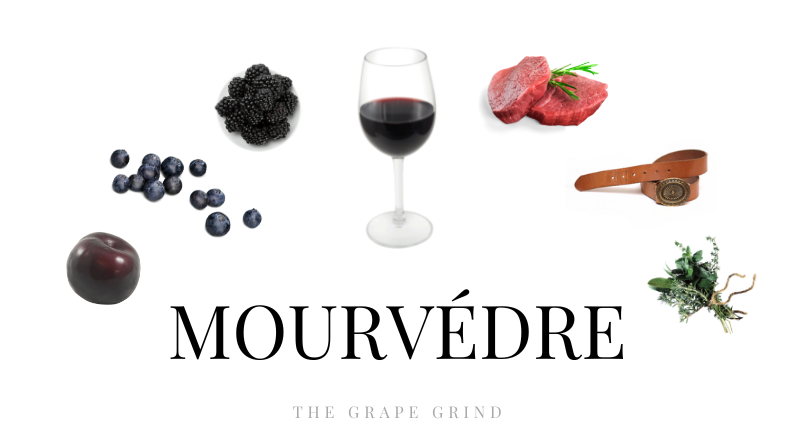
All You Need to Know About Mourvèdre: A Quick Guide
Mourvèdre is a small, dark, thick-skinned variety that can only grow and thrive in hot, dry areas with ample sunshine to ripen fully! Pronounced Moor-veh-drrr. It is known as Mataro in California and Australia, and Monastrell in Spain and South Africa. Mourvèdre is more common in blends than as a single variety wine, however, many quality varietal wines are now being produced.
Mourvèdre is the “M” in a GSM blend, which is common in Southern France (the other varieties being Grenache and Syrah). It originated in Spain but had a bit of a bad reputation there for a while (for being cheaper and more concentrated). Now it’s getting a lot of new respect in areas all over and can be a great alternative to Syrah or Cabernet Sauvignon.
A few more notes on Mourvèdre:
- It does well in blends where it adds tannin, body, color, and savory complexity
- Being that it’s so heavy and tannic, this variety often needs time to mellow out – a good one to decant, esp. if on its own
- It’s used in many rosé and port wines
- Think BIG, BOLD, DARK, and POWERFUL
The following guide will illustrate what Mourvèdre often tastes like (aroma, flavor, and structure). It will also tell you where it’s from, provide you with common food recommendations, similar varieties, and let you know why you should be drinking more of it!
How would I describe Mourvèdre?
Rustic
Outside of dark fruit, this variety has a lot of complex ‘earthy’ flavors like forest floor, pepper, and herb! These notes can become leathery and even meaty/gamey with some age!
Bold
Heavy in every structural area, this wine is big and full-bodied! For that reason, it’s used to add color and structure to blends.
Grippy
Also very high in tannin, Mourvèdre can be quite dry and grippy on the tongue (making it a great pairing for a lot of meat dishes).
What does Mourvèdre taste like?

These are the most familiar tastes and aromas I have found in Mourvèdre. It’s also common to find black cherry, black currant, olive, licorice, purple flowers, must, pepper, potting soil, forest floor, barnyard, cedar, and sometimes reductive sulfur notes depending on where the wine is from, and how it is made.
Remember, wine tastes are somewhat relative. There may be some different tasting notes you consistently find while drinking Mourvèdre.
What about structure?
There is no “one size fits all” when it comes to structure for every grape, however, there IS a general range when it comes to body, acid, alcohol, and tannin for each. Below are general guidelines for classic representations. Growing conditions and winemaking techniques can impact each of the following.
Full Body
Think of that weight as a liquid scale, from water (light body) to heavy cream (full body) in your mouth. Mourvèdre is on the heavier side!

Medium(+) Acid
You can judge acidity based on whether your mouth waters after you take a sip of something. The more you salivate, the higher the acid. Mourvèdre can range depending on ripening but is typically medium-medium plus.

High Alcohol
You can feel alcohol ‘burn’ the back of your throat when you take a sip. Mourvèdre typically has a higher alcohol content.

High Tannin
Tannin comes from the skin of the grapes during the winemaking process. You can tell a wine has high tannin if it dries out your tongue. It imparts almost a bitter flavor. Mourvèdre is known for its grippy tannin ranging medium plus to high.

Where is Mourvèdre from?

France
Primarily in: Southern Rhone Valley and Provence
Mourvèdre can’t grow very well any further north than the Southern Rhône Valley. Particularly Châteauneuf-du-Pape, where it is getting more traction in GSM blends. Mourvèdre berries are so small and thick-skinned, that ample sunshine, heat, and dry conditions are a must for them to fully ripen. Most areas south of the Rhone Valley have the appropriate climate. This includes the famous area of Bandol, in Provence where Mourvèdre must be at least 50% of the blend. Languedoc-Roussillon is also showcasing a lot more appreciation for the grape and now produces some single varietal wines among blends.
You can also find Mourvèdre from Spain (where it originated – Jumilla and Valencia) Australia, The USA, and South Africa
What food should I pair with Mourvèdre?
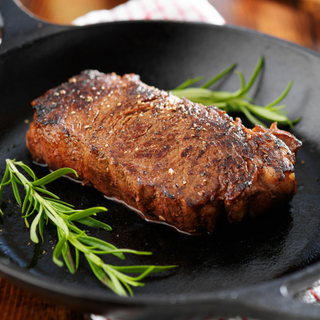
Smoked Meat
Why?
High tannin begs for rich meat to cut through. Mourvèdre is big enough to stand up to heavy meat dishes. Smoky notes are complementary with the wines flavors as well!
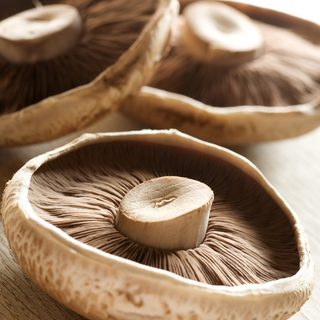
Mushrooms
Why?
Mourvèdre works well with savory umami foods because of its complexity of rustic/gamey flavor. Its savory richness pairs beautifully with portabellas and other potent mushrooms.
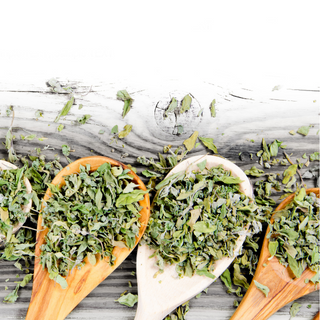
Herbs
Why?
Similar herbal/floral notes tend to be a staple of this variety and the area it grows. You’ll find a lot of herbs in Provençal recipes and they tend to complement the rustic nature of the wines! (For lighter herbal fare, a Mourvèdre-based rosé is perfect)
Other Pairings: Cheeses (aged, blue), Lentils, Sausage, BBQ, Stews, Burgers, Risotto. (Just had it with chocolate hummus and would recommend).
What other similar varieties would I enjoy?
(common confusions)
Syrah has:
- more fruit quality and less “funk”
- slightly less intensity in aroma and structure
- typically lighter tannin
Cabernet Sauvignon has:
- more green notes (bell pepper and eucalyptus)
- less meaty/gamey quality
- typically higher acid
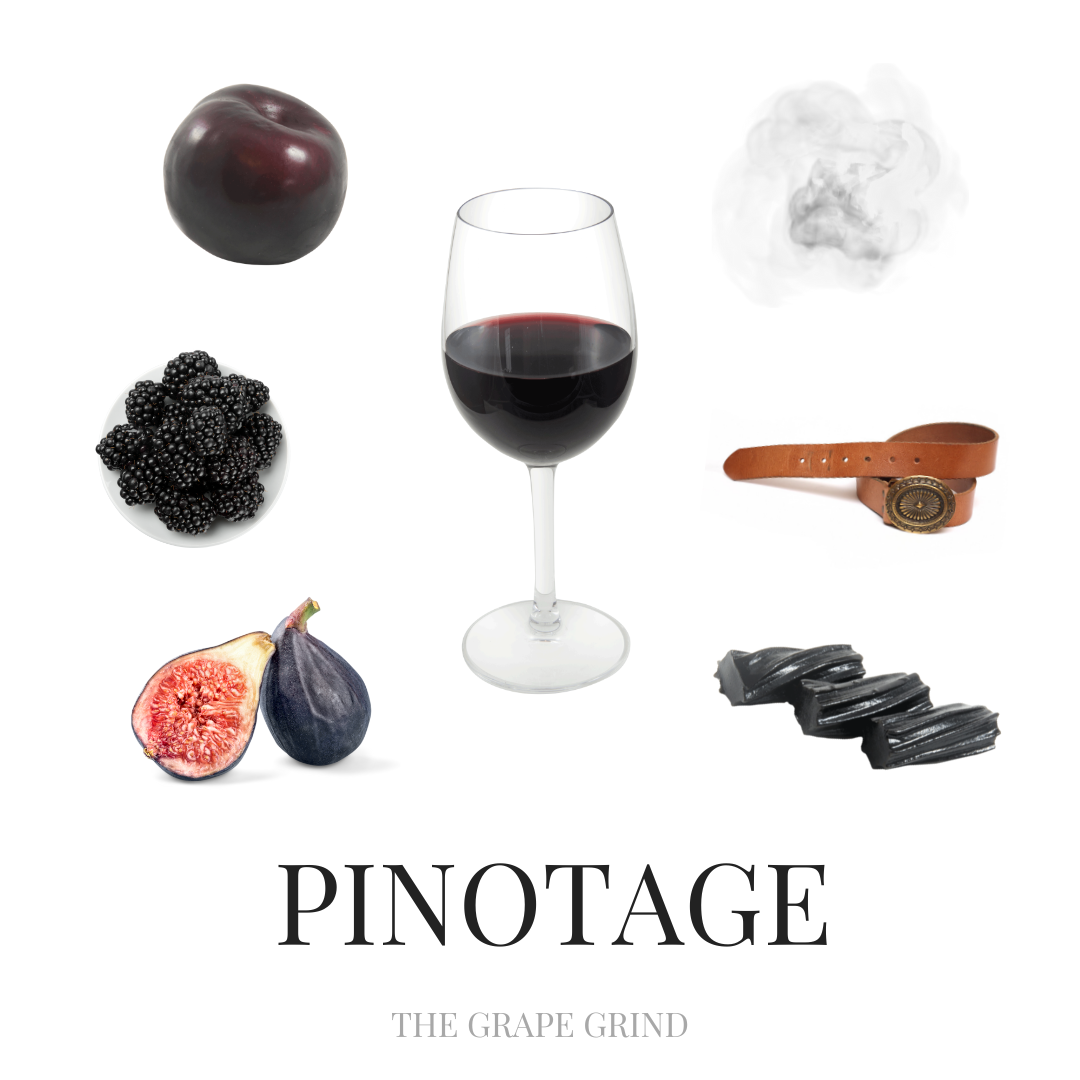
Pinotage has:
- more fruit quality
- more sweet herb and smoke (vs game)
- typically lighter in body with less acid
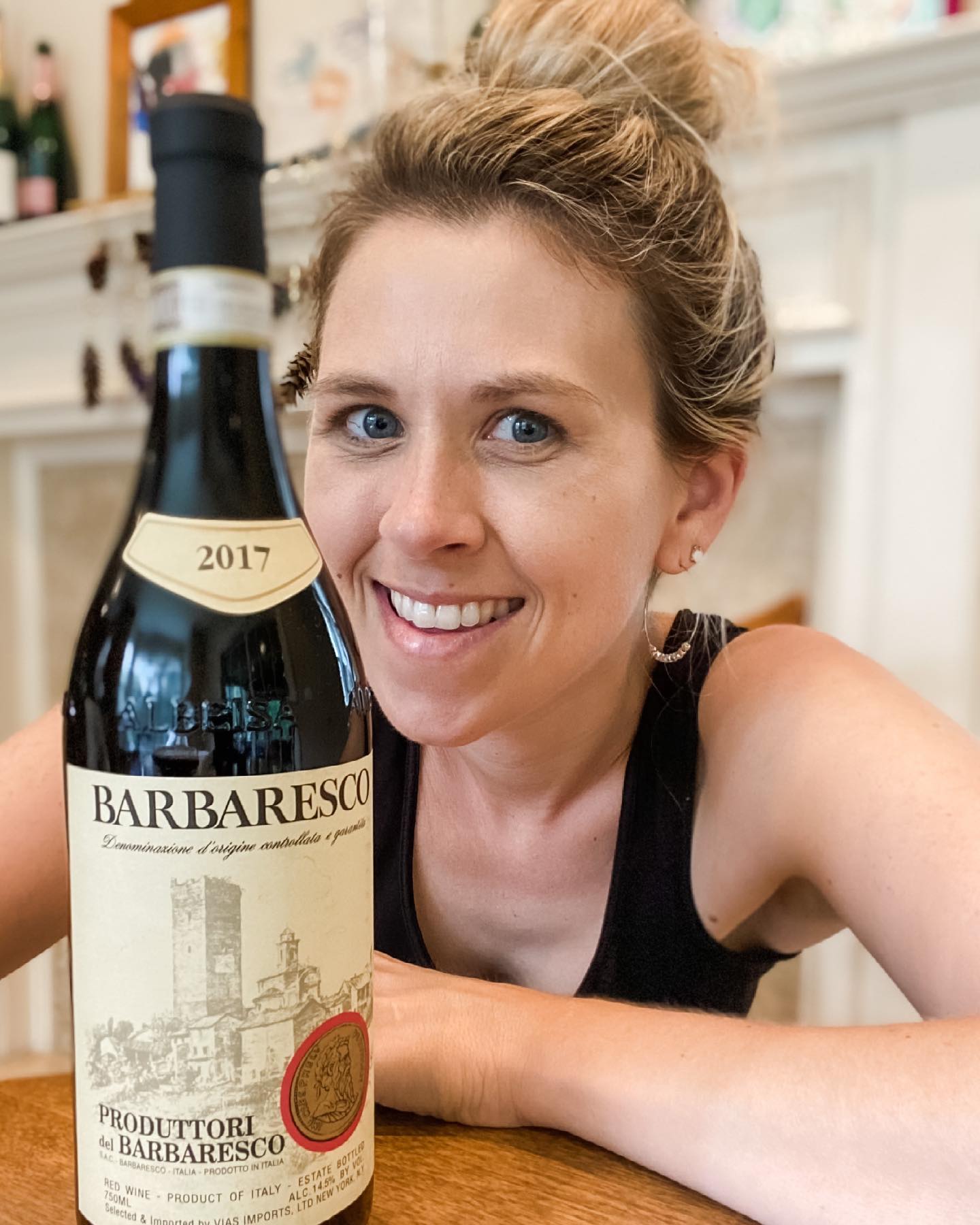

A Certified Sommelier and Certified Specialist of Wine with a passion for everything wine + beverage!
Blind Tasting Options
Check them out



